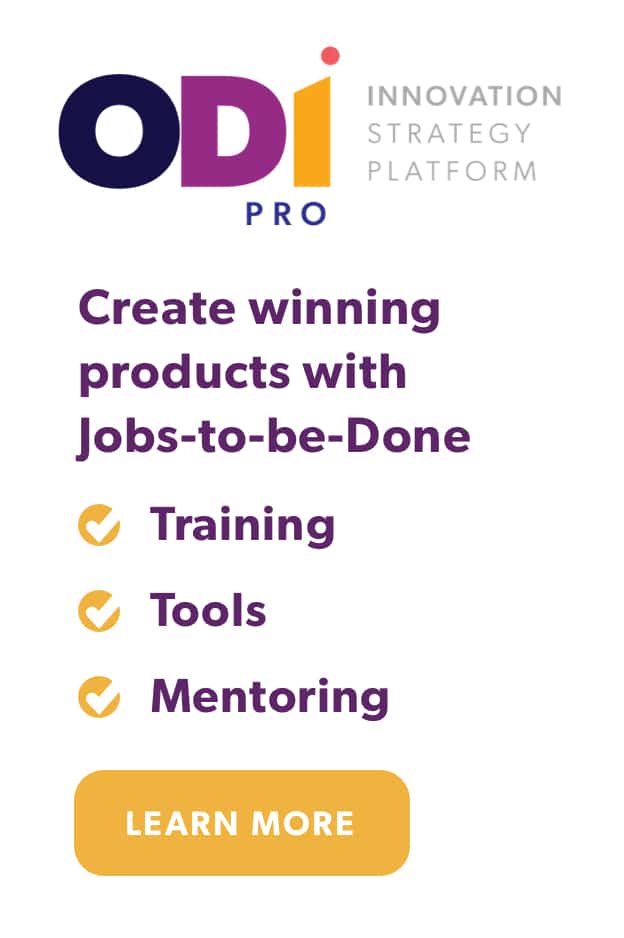Estimated reading time: 6 minutes
Winning in the market—what business can learn from baseball
“The traditions of baseball are glorious, but the traditions of baseball are oftentimes inefficient. One organization in baseball has sorted the inefficiencies out and found a way to exploit them.” – Michael Lewis
Back in 2002, Billy Beane, the General Manager of the Oakland A’s, was hamstrung with a $40M opening day payroll—one of the lowest payrolls in all of baseball (compared to the New York Yankees at $126M). Oakland’s financial constraints made it nearly impossible to compete on the baseball field consistently with teams that could afford the best players money could buy.
Beane needed a better approach to choosing his players if he wanted any chance at competing with the likes of the Yankees and Red Sox within baseball’s financial imbalance.
As Michael Lewis so masterfully tells in Moneyball, Beane found that new and better approach he was looking for—and it was all about using the right data to inform his decisions. It was a radical departure from tradition, but it allowed the A’s to compete in a whole new ballgame.
What does this mean for you and your innovations? Embrace a similar approach to data in your company, and you’ll be able to similarly elevate the way your organization innovates.
Baseballs’ flawed legacy methods of decision-making
In addition to combating baseball’s competitive imbalance, Beane was also fighting baseball’s conventional wisdom. Up to this point, franchises relied on the opinions of scouts (industry “experts”) to identify players who would provide a competitive advantage on the field of play. For decades, the industry relied on these scouts to provide visual observation, “hunches” and “feels,” previous experience and intuition, to find and groom the best talent.
But these “experts” were using flawed metrics to measure players’ performance—predominantly batting average (BA), home runs (HR’s), and runs batted in (RBI’s). These traditional measurements have been held sacred since baseball’s inception.
By these measures, Beane himself was considered a “can’t miss” prospect out of high school and was convinced by a scout for the New York Mets to forego his scholarship to Stanford and sign with the big-league club (which he did). But his professional baseball career as a player was short-lived, and he was considered a bust. It was this personal experience that caused him to question the methods of scouts and the tools of measurement that were used to evaluate player performance.
A better way to uncover value and make decisions
With the help of Paul DePodesta, a bright undergraduate from Harvard with a degree in economics, Beane exploited the inefficiencies of player assessment and developed a new process for player evaluation—one that used the right metrics to better predict wins on the field. They determined that the best way to predict victories was with a different, yet consistently defined set of “Sabermetrics.”
For those unfamiliar, Sabermetrics uses empirical analyses to predict wins by using a set of metrics that measure a baseball player’s ability to hit, pitch and field. The term ‘Sabermetrics’ was coined by Bill James, considered the Godfather of modern sports analytics. Predictably, his early works were unpopular and were considered heresy by baseball insiders. But ultimately James would have the last laugh as his innovative Sabermetrics approach was successful in uncovering the faults of traditional baseball norms when evaluating talent: Major League Baseball was using the wrong metrics to predict victories on the field—and had done so for decades.
Beane and DePodesta’s new approach was highly ridiculed by baseball conformists, but they had to find a better approach to compete that differentiated themselves from every other team in baseball—for significantly less money. Their collective conclusion was that scoring runs was less an art or a talent than a process.
Leveraging DePodesta’s analytical prowess, Beane took Bill James’ early constructs and created a process to use new metrics to effectively measure players’ on-field performance. Those performance metrics consisted of on-base percentage (OBP), slugging percentage (SLG) and on-base + slugging percentage (OBP) among many others—instead of the traditional metrics of batting average, home runs, and runs batted in.
This foundational change allowed the A’s organization to compete in a market in the most efficient manner—by identifying the highest value in every ball player for less money, and by taking advantage of an industry that did not allow itself to think differently. In other words, Beane was able to maximize the output of his investments for the least amount of cost and effort.
Oakland changes the game
In 2002, the Oakland A’s won the Western Division title, including winning 20 games in a row, but ultimately lost in the Division Series to the Minnesota Twins. But the rest of baseball took notice of their accomplishments and eventually adopted the same analytical processes (namely the Boston Red Sox, which won the World Series in 2004 using their own Sabermetrics approach).
How could the A’s, with a group of perceived misfit players, spend roughly a half million per win and outperform the Baltimore Orioles and Texas Rangers which spent 6X that? By using the relevant units of analysis to evaluate their product’s performance.
Analytics is now a major front office discipline—not only of every Major League Baseball team, but of every team in every major sport. Beane and DePodesta literally changed not only baseball, but the entire sports industry regarding player evaluation, development and performance measurement.
The Moneyball Connection to Innovation
There have been countless research studies that demonstrate the failure rate of organizational investments in innovation.
- The Harvard Business Review reported that over 90% of new products fail.
- A similar study by PWC shows that 11% of all venture-backed companies get to liquidity. [efn_note]PricewaterhouseCoopers, “Shaking the MoneyTree,” slide 33, U.S. Venture Liquidity 2001–2007, Q3 2008[/efn_note]
- Yet another by Frost and Sullivan reports that just 1% of all new products recoup their development costs. [efn_note] Frost & Sullivan, “Growth Process Toolkit: New Product Development,” 2008. [/efn_note]
Yet the traditional ‘industry prejudices’ (as Lewis so eloquently called them in Moneyball) continue to dominate innovation practices across corporate America. Beane and DePodesta eventually overcame the baseball industry’s prejudices and its old way of thinking. They demonstrated that with the right innovation process and the right data inputs, organizations can achieve extraordinary success with more predictability.
Are you ready to overcome your own industry prejudices about how innovation should work? I encourage you to pause and think about the innovation practices in your organization. Do what the A’s did by asking yourself some fundamental questions:
Can we continue to rely on the same methods for developing winning products and solutions?
How do we identify which metrics to adopt for our innovation practices?
How can we use the right metrics to make better investment decisions?
How can we consistently deliver success to ownership (investors) and our fan base (customers)?
Billy Beane has been around baseball all his life, yet it took a different outside perspective to perfect his craft. Despite all our years of experience in our respective industries, there is always room for improvement and fresh thinking. But perhaps hall of famer Mickey Mantle said it best:
“It’s unbelievable how much you don’t know about the game you’ve been playing all your life.”
Ready to explore new data inputs for your innovation process?
See how our framework delivers success rates 5X higher than the industry average.






